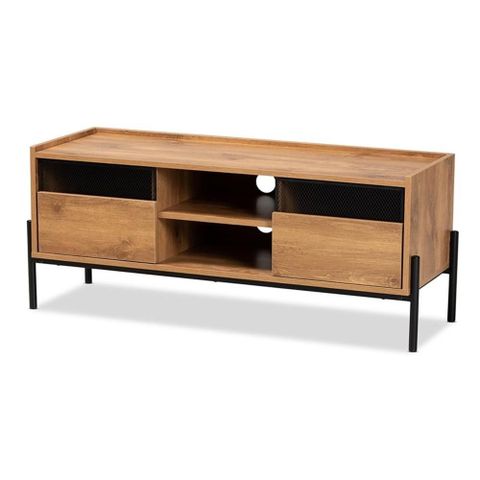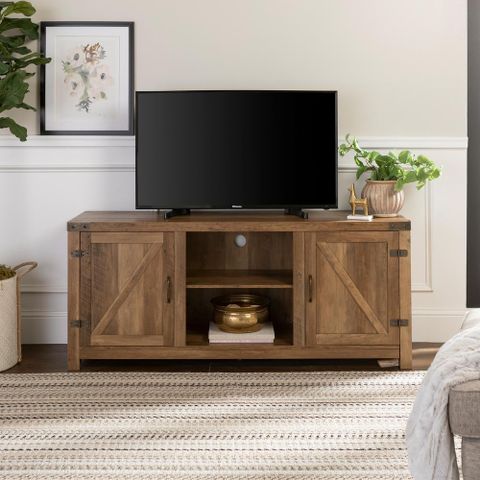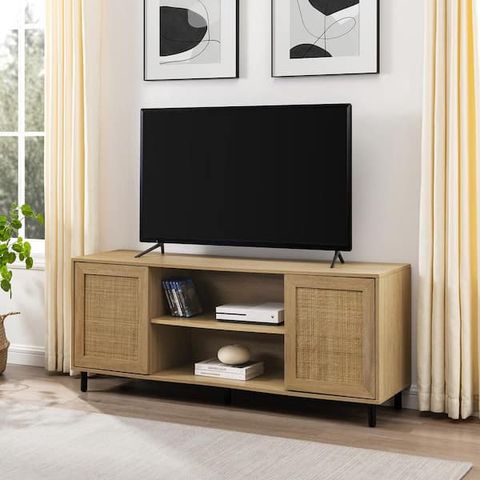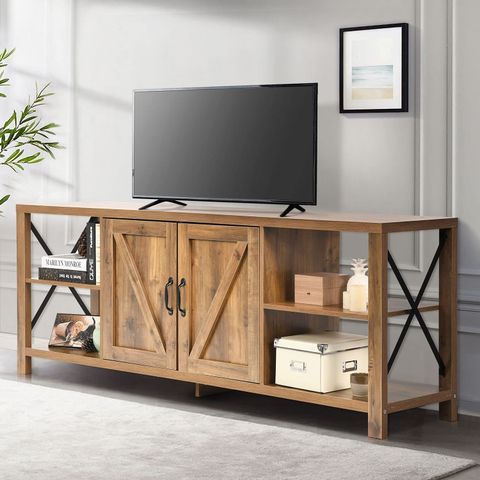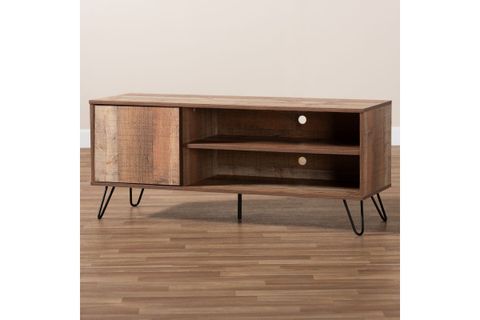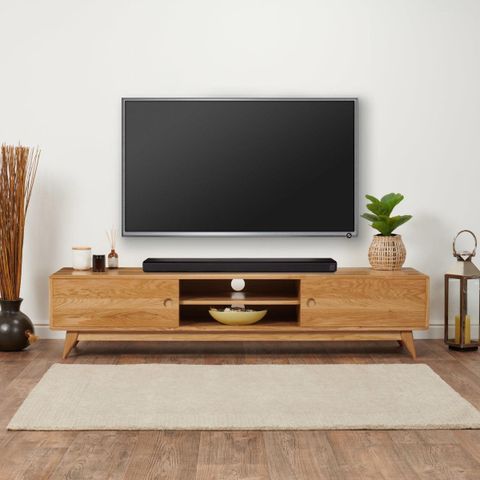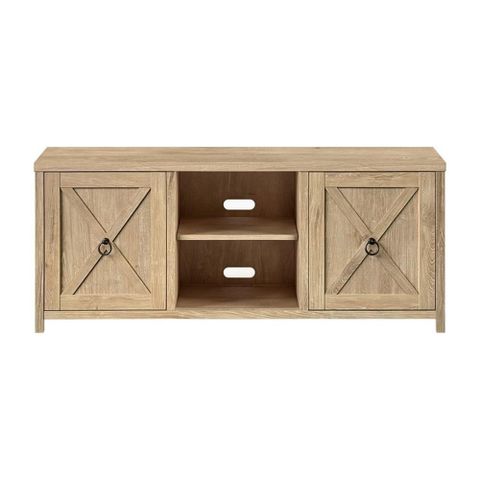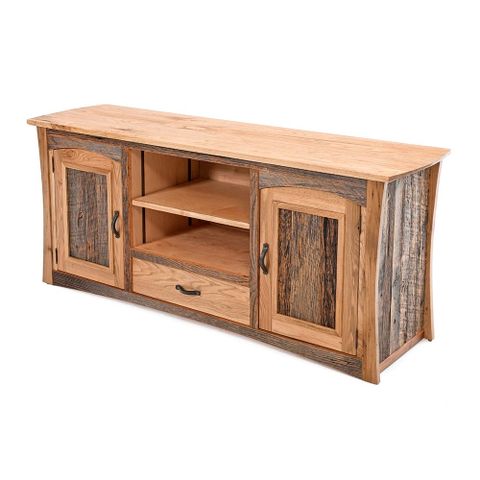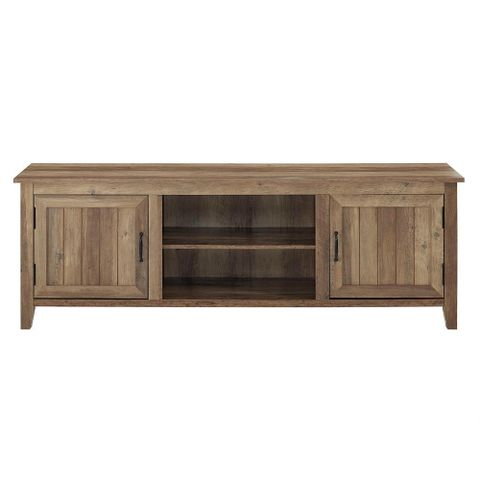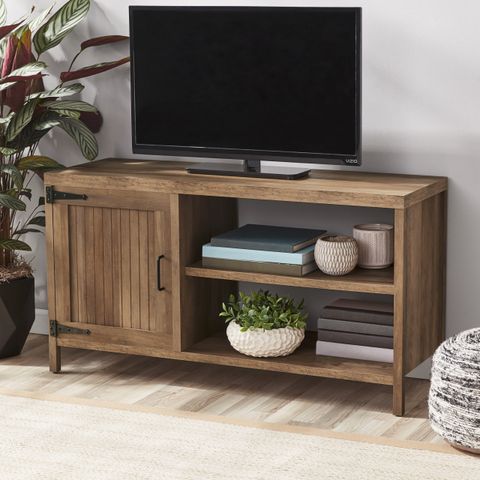There’s something deeply satisfying about the warmth that flows from well-crafted rustic oak furniture. It’s not just about aesthetics – it’s about creating spaces that feel right, feel balanced, feel like home. When we talk about visual balance with rustic oak media furniture, we’re really talking about the art of making our homes breathe.
Think about the last time you walked into a room that felt perfectly balanced. Maybe it was a cozy reading nook with a wooden side table, or perhaps a living room where the media console didn’t overwhelm the space. That feeling of harmony comes from careful attention to proportions, textures, and how different elements work together. Rustic oak media furniture offers a wonderful canvas for this kind of intentional design work. It brings natural warmth, character, and substantial presence to any room. But achieving that perfect visual equilibrium isn’t just about placing things somewhere that looks nice. It’s about understanding how our eyes move through space, how different materials interact, and how to create a sense of stability and comfort.
Understanding Visual Weight Distribution
Visual weight isn’t about physical heaviness – it’s about how elements appear to weigh down a space. Think of it like this: a small, light-colored chair might look like it’s floating, while a large, dark wooden cabinet feels solid and grounded. Rustic oak naturally adds substantial visual weight because of its rich color and textured surface. When designing around oak media furniture, consider how much weight each element contributes. A tall, narrow cabinet might feel top-heavy if paired with low, wide pieces. Conversely, a heavy, low-profile console can dominate a room if it’s not balanced with lighter elements above it. The key is creating a sense of equilibrium where no single piece overpowers the others. Try this simple test: imagine drawing an invisible line through the center of your space. Everything on one side should visually counterbalance what’s on the other side. This doesn’t mean everything needs to be identical – it means they should feel equal in importance and presence.
The Role of Texture and Color in Balance
Rustic oak has an incredible range of textures – from smooth, polished surfaces to rough, weathered finishes. These variations play a huge role in how our eyes perceive balance. A sleek oak media unit with a matte finish will look very different from one with a glossy, varnished surface. The texture creates visual interest and helps distribute attention throughout the piece. Color also matters enormously. The warm amber tones in oak can make a space feel cozier, while lighter oaks might create a more airy, open feeling. Consider how your oak furniture interacts with surrounding colors. If you have dark walls, a light oak piece can provide the necessary contrast to prevent the room from feeling too heavy. If you’re working with bright, saturated colors elsewhere, a neutral oak tone can serve as a grounding element that ties everything together. The goal is to create a visual conversation between all the different elements in your room.
Proportions and Scale Relationships
One of the most common mistakes when using rustic oak media furniture is getting the scale wrong. A massive oak entertainment center in a small apartment might make the space feel cramped and chaotic. On the other hand, a tiny oak shelf in a large room might get lost entirely. The golden rule is to consider how your oak pieces relate to the overall size of the room. Large rooms often benefit from bold, substantial oak furniture that can fill the space appropriately. Small rooms may require more delicate, scaled-down versions that don’t overwhelm. Pay attention to the relationship between your oak furniture and other elements. For instance, if you have a large sectional sofa, a corresponding media console should be proportionate – not smaller or larger than the seating area. This proportional harmony creates a sense of unity that makes the entire space feel intentional rather than random. Remember, the goal is to create visual rhythm, not visual chaos.
Creating Focal Points with Oak Elements
Every room needs a focal point – something that draws the eye and gives the space direction. With rustic oak media furniture, you have multiple opportunities to create these important visual anchors. A beautifully crafted oak media console with interesting details becomes a natural gathering point for the room. But you can also create secondary focal points using smaller oak elements like picture frames, decorative boxes, or even a single oak lamp. The key is ensuring these focal points work together rather than competing with each other. When you have a striking oak piece as your main focus, consider using simpler, more neutral accessories to avoid overwhelming the space. Think of it like a musical composition – there’s a lead instrument, but supporting elements keep the whole piece interesting. Sometimes the most powerful focal point is actually the absence of anything else – allowing the oak piece to stand alone and speak for itself.
Integrating Natural Materials and Textures
Rustic oak works beautifully when combined with other natural materials. The contrast between wood grain and stone, or between smooth oak and rough linen, creates depth and visual interest. When incorporating oak media furniture, think about what other textures and materials might complement it. A leather sofa with oak legs creates a pleasing combination of soft and hard elements. Adding woven baskets or natural fiber rugs can soften the overall look while maintaining the earthy, grounded feel. The beauty of oak lies in its ability to bridge different material worlds. It’s neither too formal nor too casual, which makes it incredibly versatile for creating balanced compositions. Consider how natural fibers, metals, and glass can enhance your oak pieces rather than compete with them. The secret is using materials that share similar warm undertones – this creates a cohesive palette that feels intentional rather than haphazard.
Practical Tips for Achieving Visual Balance
• Start by measuring your space carefully before purchasing oak furniture. A good rule of thumb is that your media furniture shouldn’t exceed 60% of your wall length.
• Use the 60-30-10 rule: 60% dominant element (like your oak piece), 30% secondary elements, and 10% accent pieces.
• Consider the height of your oak furniture in relation to your seating. The top of your media console should ideally align with or slightly above eye level when seated.
• Don’t forget about negative space – leave some areas empty to let your oak pieces breathe and be appreciated.
• Test lighting conditions throughout the day. Oak furniture can look completely different under various lighting scenarios.
• Layer your oak pieces strategically. If you have multiple oak items, vary their sizes and finishes to create visual interest rather than monotony.
• Remember that balance isn’t always symmetrical. Asymmetrical arrangements can be just as effective if they maintain visual equilibrium through careful placement.
Common Mistakes to Avoid
Many people fall into the trap of trying to make their oak furniture match every other element in the room, which often results in a sterile, overly coordinated look. Instead, embrace the natural character of oak – its imperfections and unique grain patterns. Another frequent error is placing oak pieces in the exact center of a room without considering how they’ll relate to surrounding furniture and walls. This can create a boxy, uninviting atmosphere. Additionally, many designers forget to consider the vertical balance of their oak furniture. A tall piece without proper lower elements can make a room feel top-heavy and unstable. Finally, don’t overlook the importance of proportion. Just because oak looks great doesn’t mean it should dominate every space. Sometimes less truly is more, especially when working with such rich, substantial materials.
Creating visual balance with rustic oak media furniture is both an art and a science. It requires understanding how our eyes process visual information, how different materials interact, and how to create a sense of stability and comfort in our living spaces. The beauty of oak is that it provides a solid foundation for these visual explorations – its natural warmth and character offer endless possibilities for creating spaces that feel intentional and lived-in. Remember, the goal isn’t perfection – it’s harmony. Every room tells a story, and your oak furniture should be part of that narrative, not a jarring interruption. Whether you’re working with a small apartment or a spacious home, the principles of visual balance remain the same: consider weight, scale, texture, and how elements relate to each other. Trust your instincts, experiment with different arrangements, and most importantly, make sure your space feels like a true reflection of who you are. After all, the best visual balance happens when you’re comfortable in your own environment.

